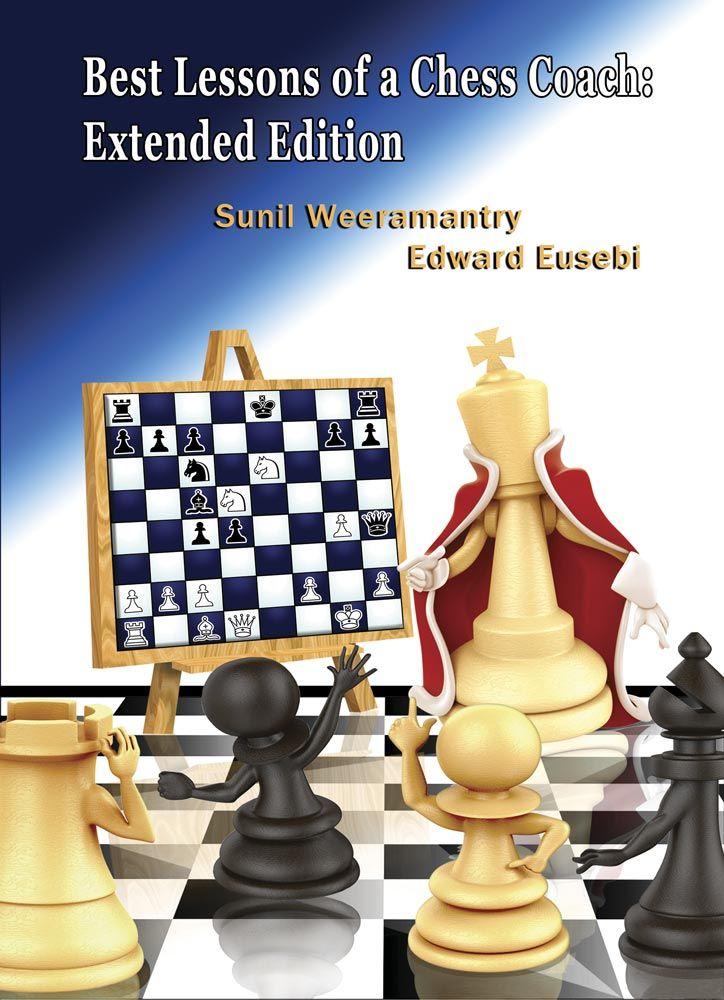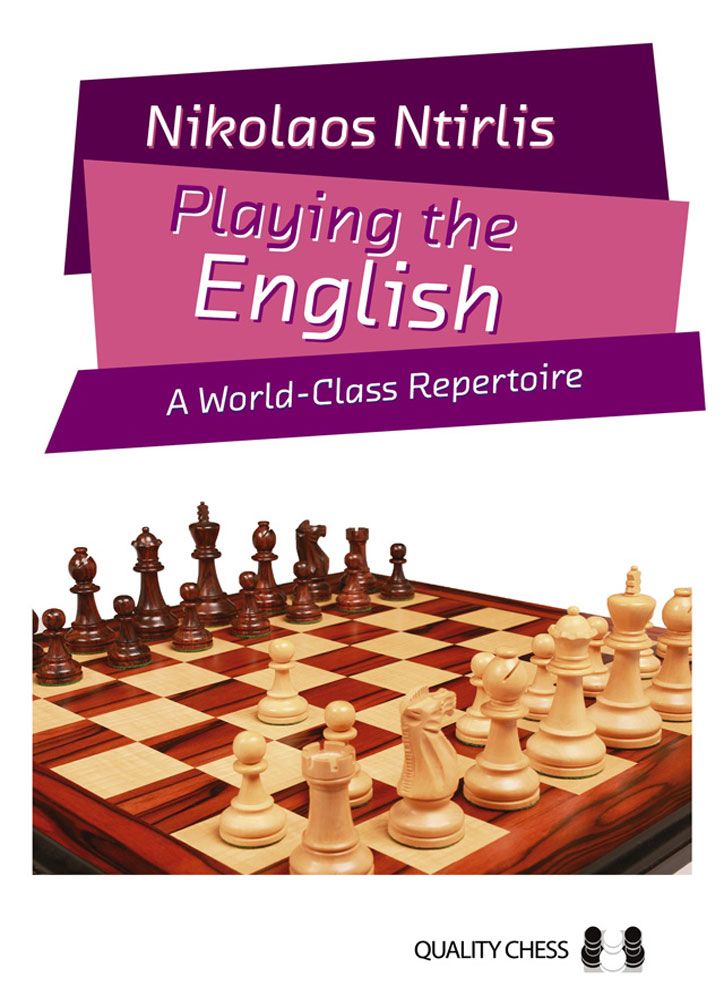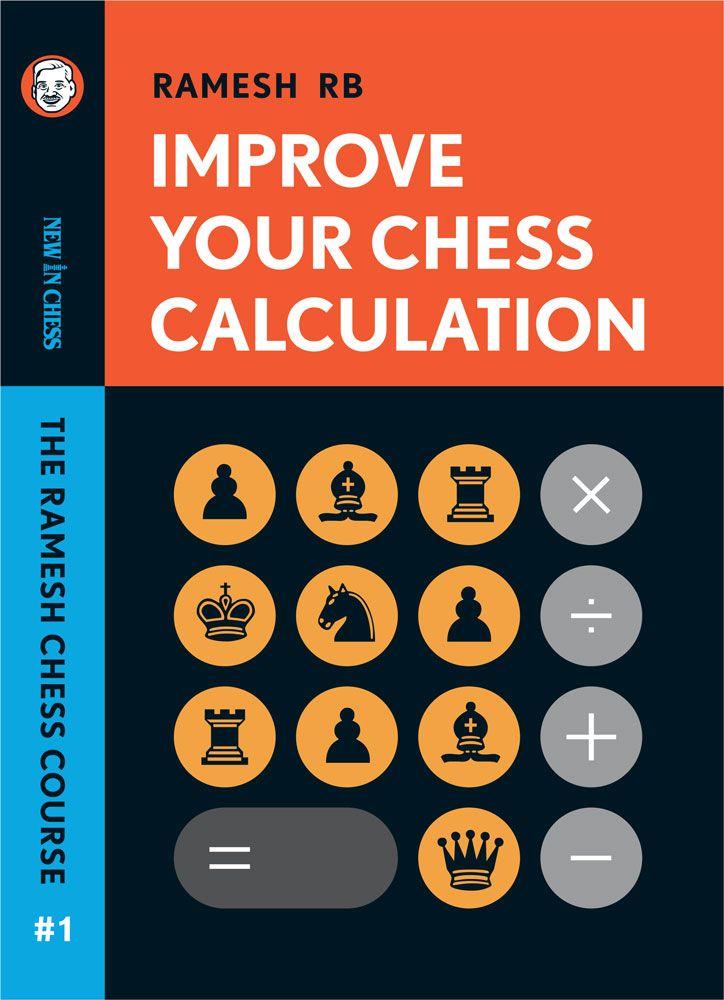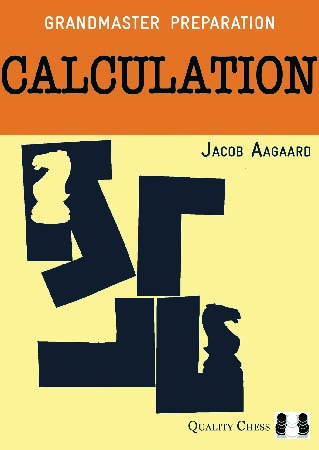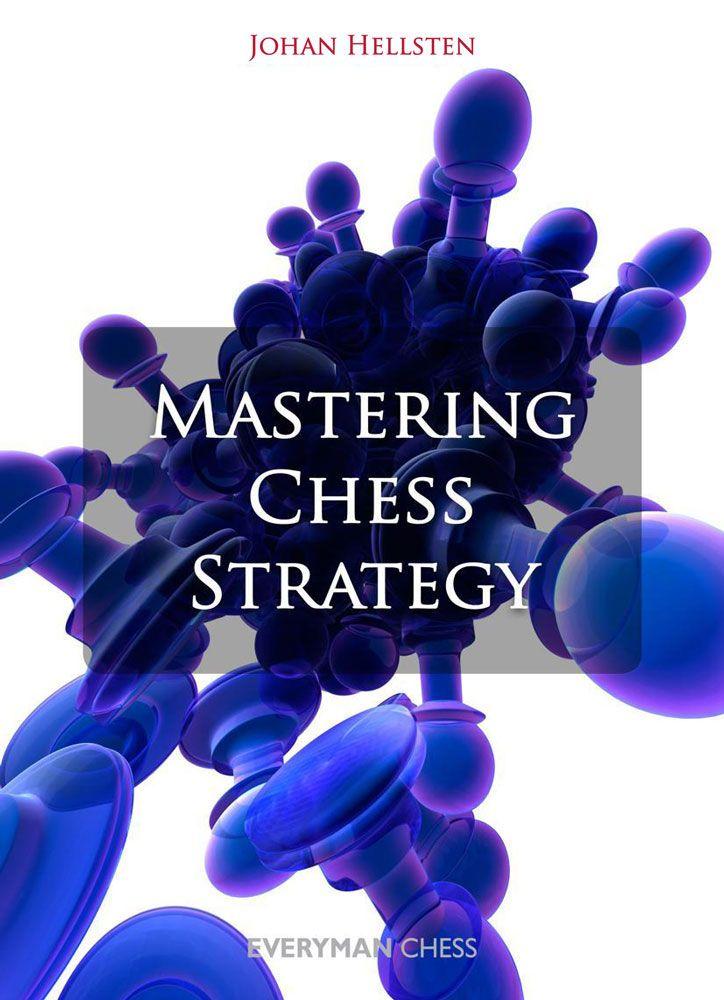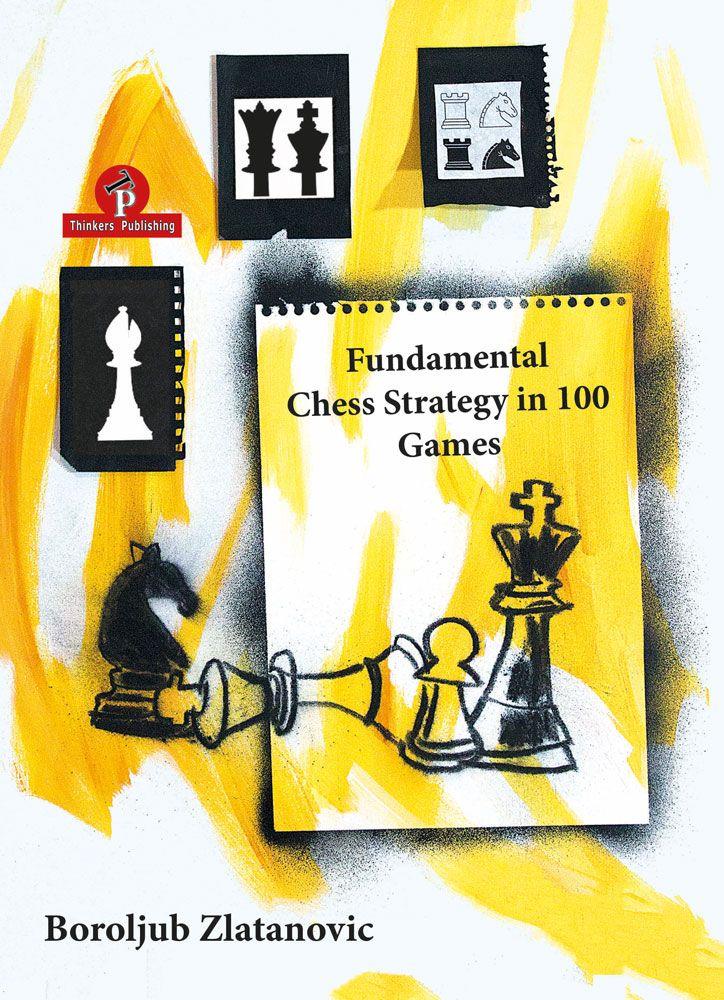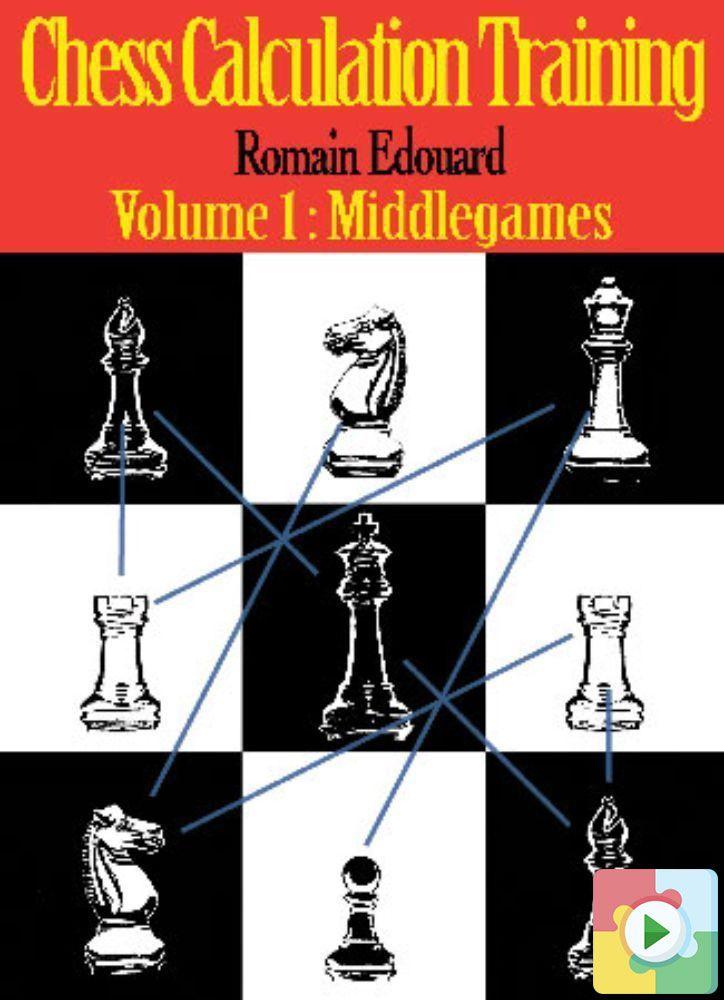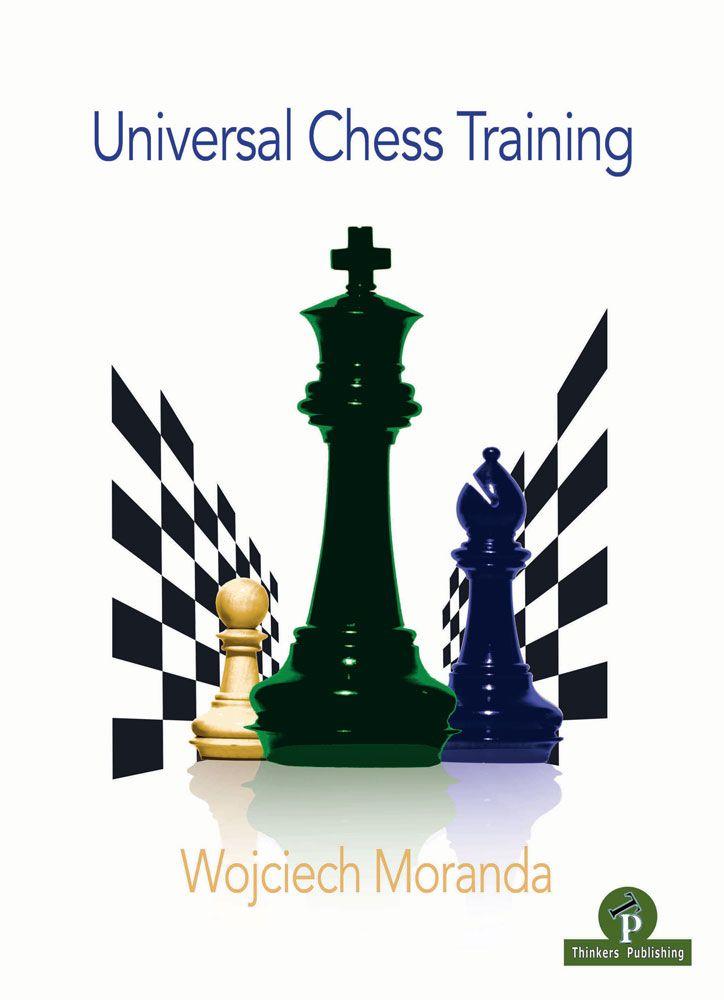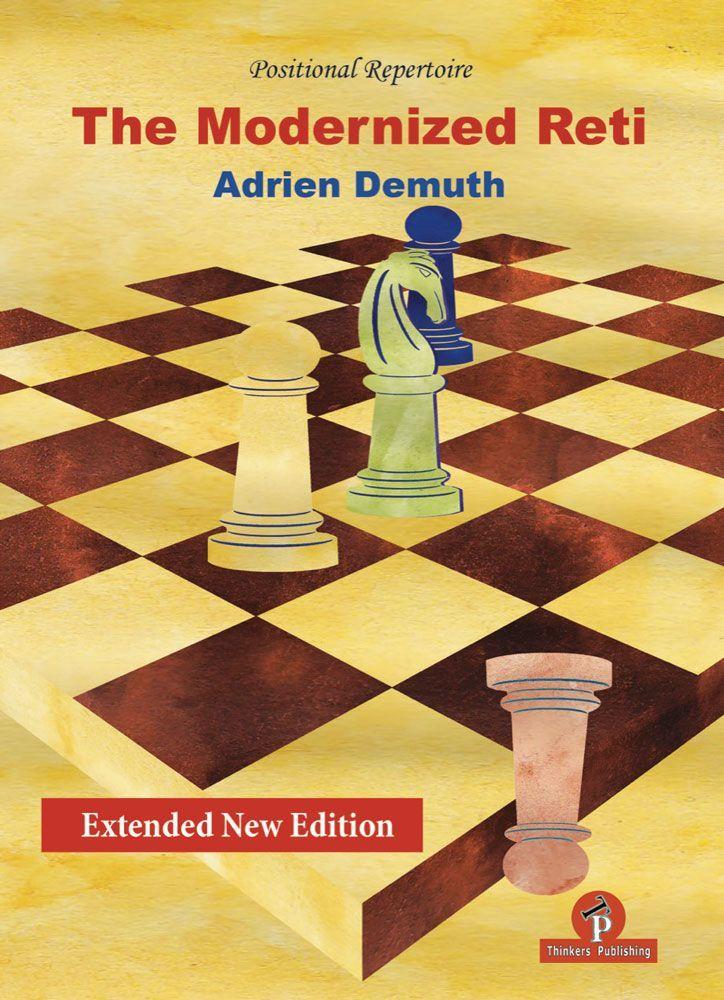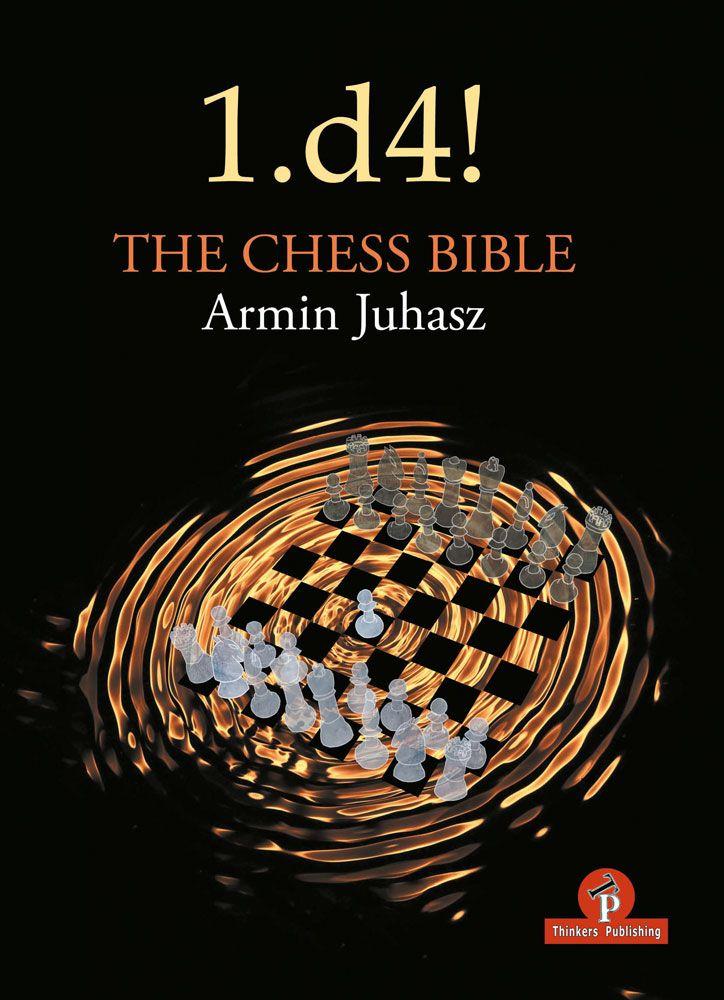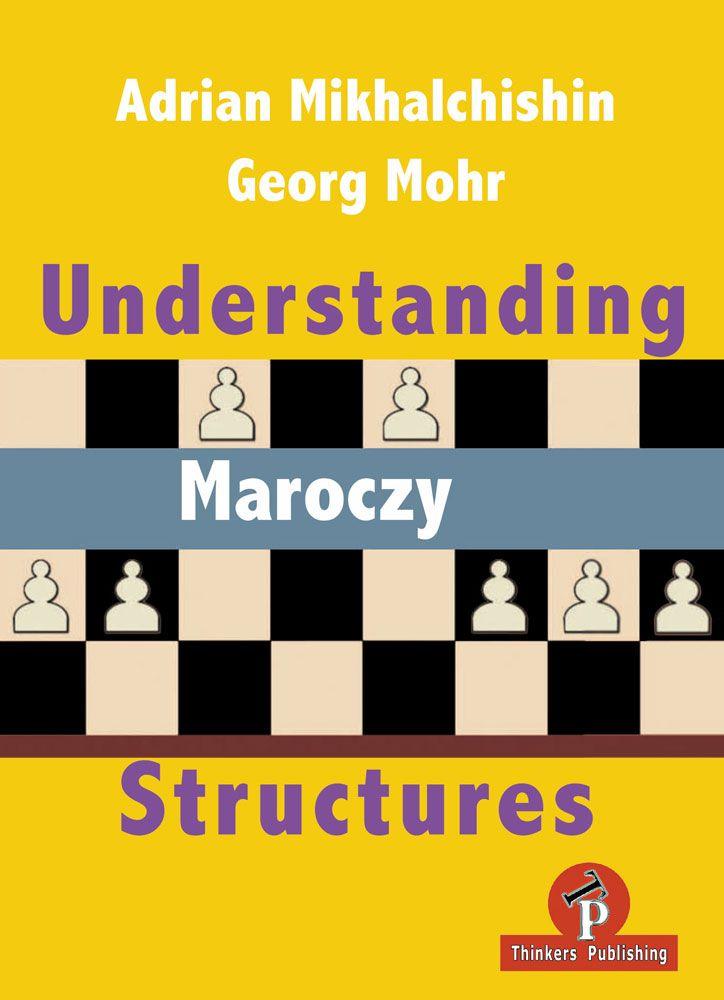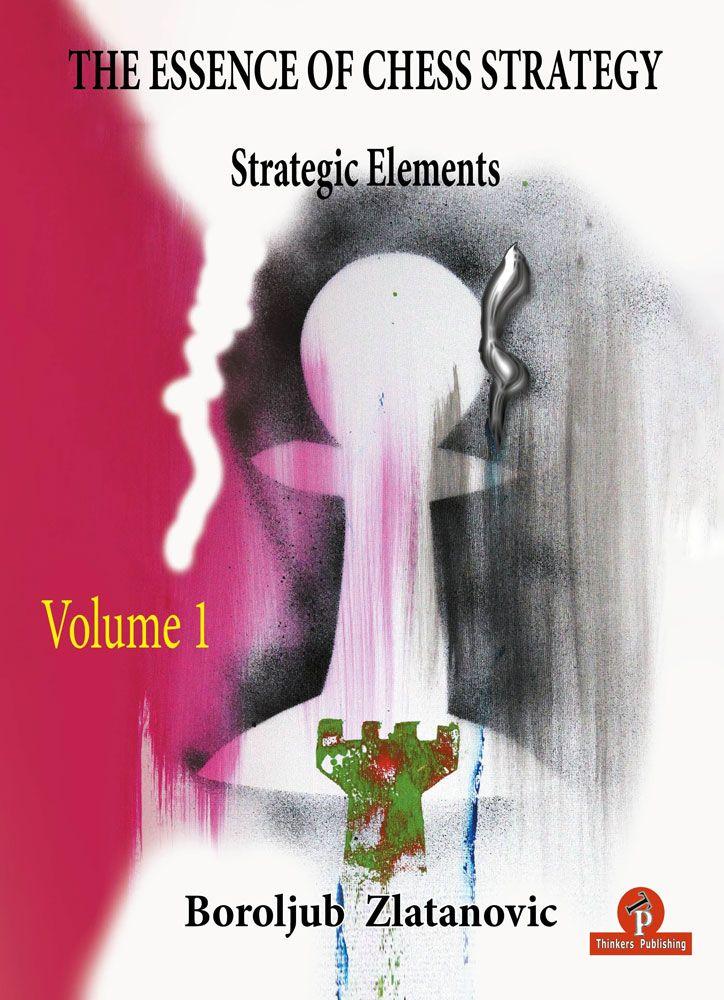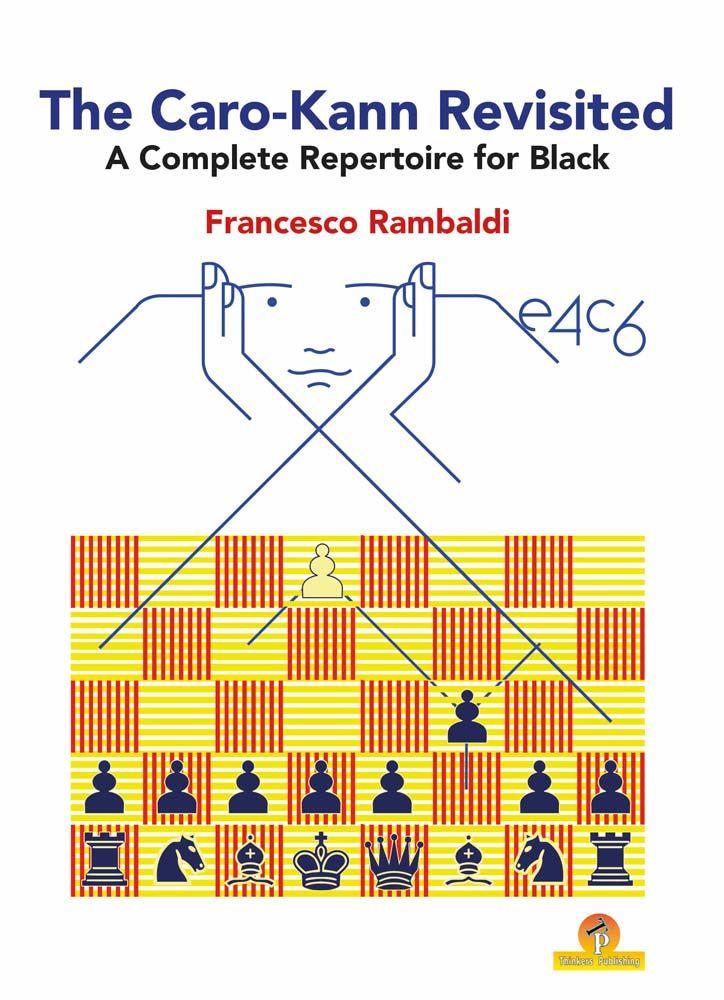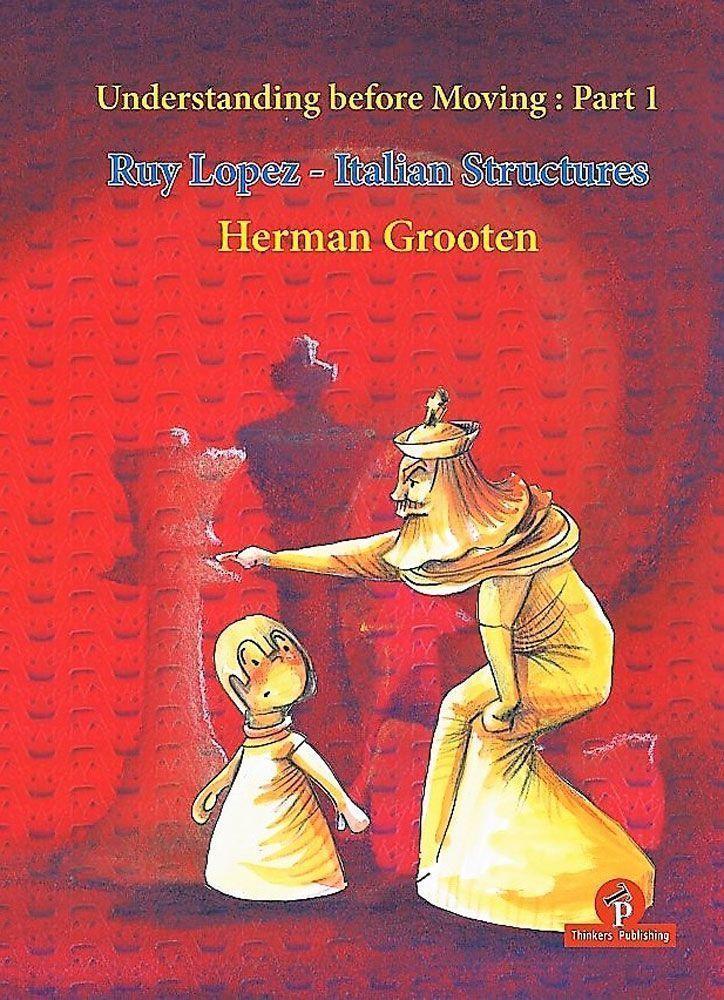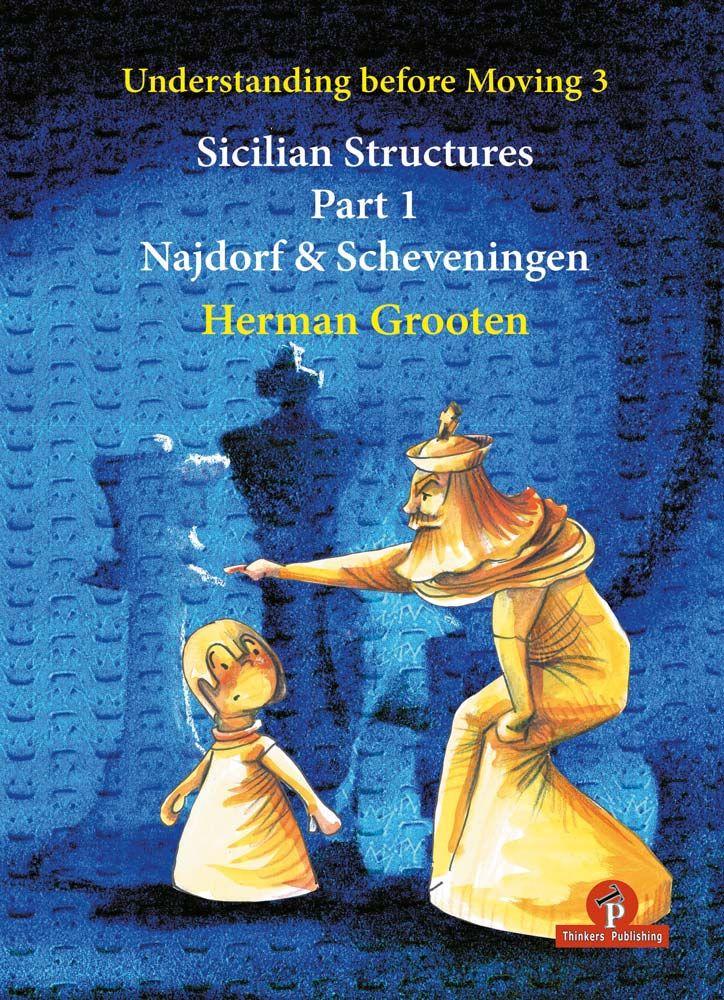
Understanding before Moving: Part 3.1
After the first two volumes of the series had been produced (the first about Ruy Lopez and Italian structures after 1.e4 e5, the second about Queen’s Gambit structures after 1.d4 d5), it was time for me to consider the third volume. Since the Sicilian is such a popular opening among club players, the choice was virtually automatic and resulted in the book you now hold. It was, however, clear from early on that such a nuanced and wide-ranging opening could never fit in a single volume. That is why the series will continue with more Sicilian books after this one. As my former teacher, the late Huub van Dongen, once said: “There is more literature about the Najdorf variation alone than about the Middle Ages!” And, you know, maybe he’s right. The complexities of the Sicilian are such that it is quite the job to explain them in the style I established with the first two volumes on more classical openings. Each Sicilian variation has quite specific characteristics and deserves separate treatment. But in placing the systems in books I tried to group together those that are most similar to each other. Hence, the Dragon does not go with the Sveshnikov; in the present book you will find the Najdorf and Scheveningen variations, which are altogether more similar to each other and even have some overlap.



